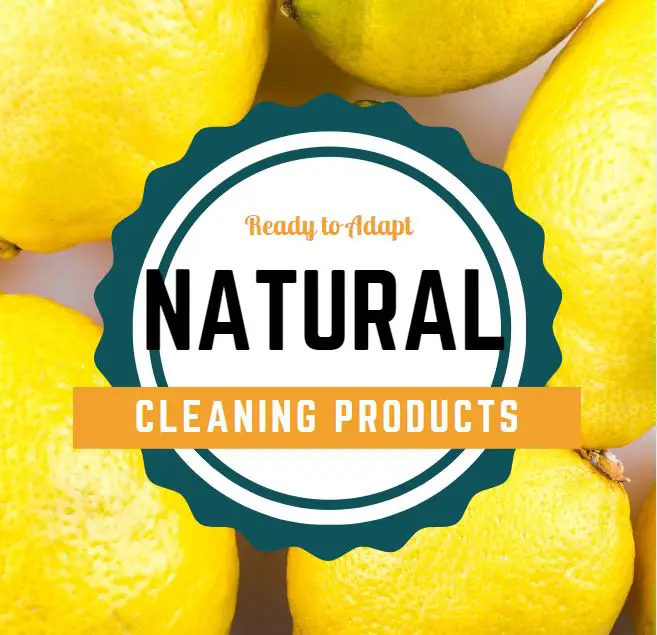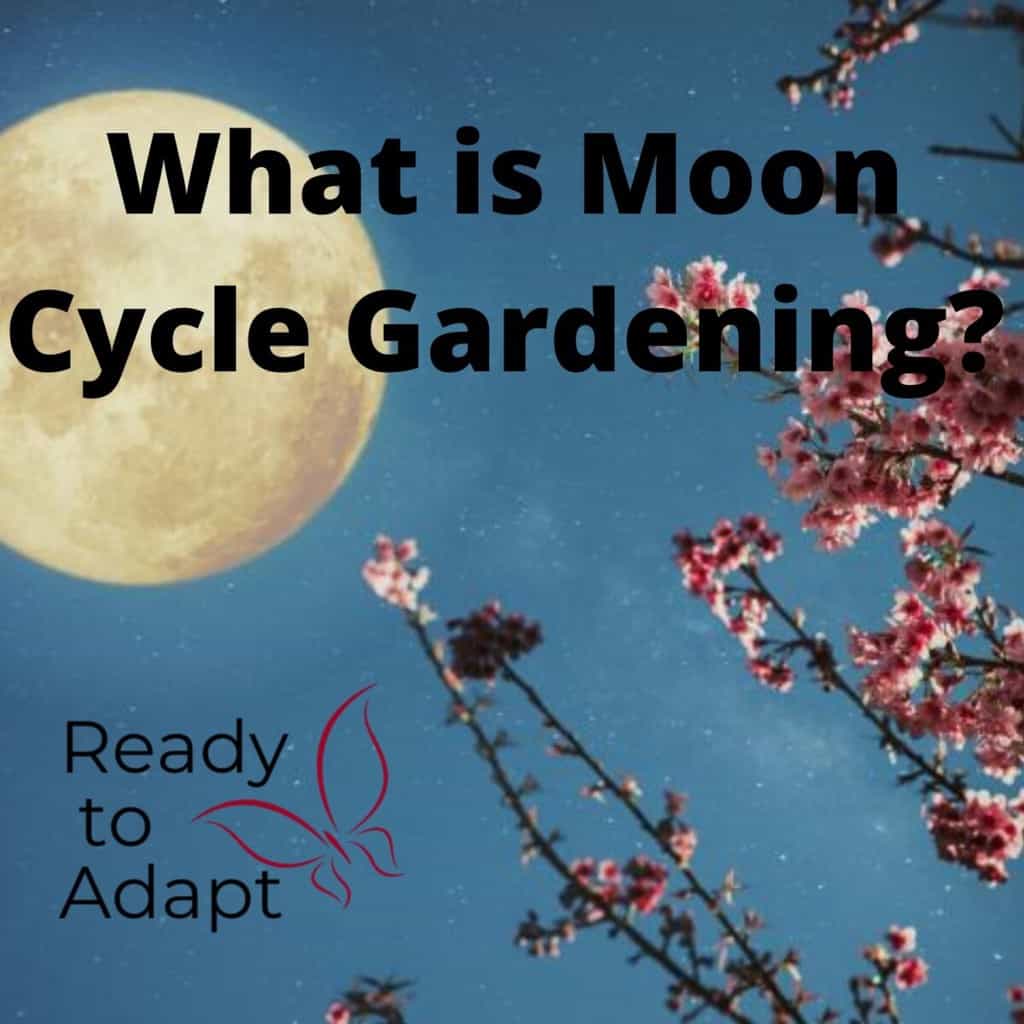
Why Use Natural Cleaning Products
We hear almost daily in the news of this chemical or that product which will revolutionize the way we do things. But many of these products are actually bad for us and the planet. If you are wondering how all these chemicals get into commercial production and use, to make the products that we buy you might be surprised to learn the following, I certainly was. While researching this concept I came across the following quote from 2019 in the LIving with Earth Book by Gary S Moore and Kathleen A Bell, “Chemicals are often considered safe until proven otherwise by the appropriate federal agency”. In a similar way to the legal concept innocent, until proven guilty, chemical companies do not have to prove that something is safe to use before they market Xyz product. That’s a little bit scary when you stop to think about it.
The inherent potential of a substance to cause harm or produce an adverse effect by interacting with humans (organisms) or the environment is a relationship known as the toxic triangle. For harm or an adverse effect to occur there must be an exposure or absorption event, that connects the organism or environment with a dose that will cause the harm.

In addition to this other factors such as heat, humidity, water and even noise may increase or decrease the effects of the dose and exposure. Its all rather complicated and beyond the scope of this article. Suffice to say there are not as many controls around chemical use and production as we may think.
What does this have to do with Natural Cleaning products?
Before attempting to combine any products for a potential outcome it is worthwhile understanding that all products that could be used for cleaning have the potential for chemical reaction both alone and in combination. It is therefore very appropriate to take a few basic precautions.
- Always wear gloves when using any type of chemical even natural ones.
- Consider the use a face mask and eye protection
- Always ensure appropriate ventilation when using any chemical product.
- Understand what to do if you are affected by the product. Some basic first aid principles are very useful in assisting someone who has been overcome by fumes or has been exposed in some way.
- Never ingest the cleaning agent even if it is a natural product.
Cleaning products are one of the first places we look to eliminate toxins and chemicals from our homes.
Keeperofthehome.org
Kitchen Cleaners
Here are some recipes to get you started. As cooks we follow recipes all the time so it is a logical step to present these household cleaners in the same manner. But before I get into it I just want to let you know that there are two basic ingredients that will just about clean anything. Baking Soda and Vinegar.
Homemade All-Purpose Cleaner
- 1/2 cup white vinegar
- 2 Tbsp baking powder
- 10 drops tea tree, lavender or lemon essential oil (for their disinfectant properties)
Mix the vinegar, essential oils, and a little water before adding baking soda in a clean spray bottle (glass is best). Then fill to top with water. I use a 1litre bottle. Gently shake to mix ingredients, and then spray, wipe with a cloth, and allow it to dry.
Homemade “Soft-Scrub” Cleaner
- 1 ½ cups Baking Soda
- ½ cup environmentally safe liquid laundry soap
- 10 drops tea tree, lavender, or lemon essential oil
Mix baking soda and laundry soap in a mixing bowl, stirring vigorously to combine into a paste. Add essential oil and mix well. Store in an airtight container.
If the mixture begins to dry out, add a small amount of water and mix well. This is particularly good to use on walls for scuff marks.
Homemade Disinfectant Wipes
- 1 cup water
- ¼ cup with vinegar
- 8 drops tea tree oil
- 8 drops eucalyptus essential oil
- 8 drops lemon essential oil
- Airtight container
- 15 – 20 squares of cloth (old t-shirts work well, as do old dishtowels or microfibre cloths)
Fold and place the cloth squares into the empty wipe container and set aside. Combine in a mixing bowl the water, vinegar, and 3 essential oils, stirring until well mixed.
Pour this mixture over the cloths in the container where they will soak in and be ready for you to pull out and use! Wash in the washing machine and repeat as often as the cloths hold up! Adding a used cloth to your normal washing will have your clothes smelling great as well.
Homemade Liquid Dish Soap
- ½ cup warm distilled water
- 2 tsp salt
- ½ cup white vinegar
- ½ cup earth-friendly liquid soap
- 1 tsp lemon juice
- Lemon essential oil (optional)
Combine distilled water with salt, stirring until the salt is dissolved.
In a separate bowl, combine the vinegar, soap, and lemon juice. Stir this mixture into the salt water mixture, and stir until thickened.
You may wish to add 10 – 15 drops of lemon essential oil both for scent and for disinfectant properties.
Pour mixture into a recycled dish soap container for storage.
Homemade Dishwasher Detergent
- 1 cup salt
- 2 cups baking soda
- 2 cups Borax
Mix all ingredients together. Transfer to an air-tight storage container. It will last a long time: each load uses only 2 tablespoons of detergent! (I recommend keeping white vinegar in the rinse agent compartment, it will clean your machine while providing a streak-free rinse.)
Homemade Oven Cleaner
- ½ cup baking soda
- 2 – 3 Tbsp water (or more/less)
- White vinegar (1/2 cup or so)
In a small bowl, mix ½ cup of baking soda and stir in 2 – 3 tablespoons of water, adjusting as needed to get a spreadable paste.
Spread this all over the walls of your ovens, rubbing it in for a scrubbing effect.
Let that mixture rest overnight.
In the morning, you will put some vinegar in a spray bottle and spritz everywhere you see baking soda, which will create a foaming action. Wipe clean with a damp cloth, rinsing until clean.
Homemade Drain Cleaner
- ¼ – ½ cup baking soda
- ¼ cup white vinegar
Sprinkle baking soda down the clogged or smelly drain, and follow that with the vinegar. Let the bubbling mixture sit for an hour or so, then pour boiling hot water down the drain to rinse.
Depending on how smelly or clogged the drain is, you may need to repeat the process again. Once you do it regularly, you’ll find that one time usually takes care of it!
Other Areas of the Home
Homemade Hand Sanitizer Gel
- 2/3 cup Isopropyl Alcohol 99%
- 1/3 cup Aloe Vera Gel
- 2 drops of your favourite essential oil eg. eucalyptus, lavender, etc.
- Collect your Aloe Vera direct from the garden – (fresh is best)
- Run a sharp knife down one side and gently open the stem out to be flat.
- Using the backside of the knife carefully scrape the gel out of the inside and place it in the mixing bowl.
- Add 2/3 cup isopropyl alcohol
- Blend using a stick blender for 1-2 minutes or until no fibres can be seen.
- Pour directly into your pump bottle or another LABELLED bottle for use.
- *** NOTE*** Store in a cool dry place away from heat or ignition source.
Homemade Air Freshener
- 12 – 15 drops of pure essential oil (grapefruit, lemon, lavender are favorites)
- ½ cup white vinegar
- 1/12 cups water
Combine in a spray bottle, shake, and spray to freshen the room! (Shake before each use).
Homemade Mirror and Glass Cleaner
- ¼ cup white vinegar
- ¼ cup Isopropyl Alcohol
- 1 Tbsp Cornflower
- 2 cups of water
- 8 – 10 drops essential oils of choice, optional
Combine everything in a spray bottle. Shake to mix well. Spray onto glass surface and wipe clean.
Be sure you shake well to fully integrate the cornstarch, which is the ingredient that reduces streaking. You’ll want to shake before each use.
You can experiment with higher ratios of vinegar to water and upping the essential oil if this is not strong enough for your preference.

Homemade Non-Toxic Liquid Laundry Detergent
- ½ cup Borax
- ½ cup washing soda
- ½ cup of Liquid Dish Soap
- 4 cups hot water
- Clean, empty plastic bottle (i.e. recycled juice/milk bottle)
Combine the first three ingredients in the container (you may need a funnel to get it in there) and then pour in the water to dissolve the ingredients. Fill the container to the top with cold water. Shake before each use. For a standard-sized load of laundry, ¼ cup work well. Use a little more for a more heavily-soiled load.
Homemade Fabric Softener
Just before I get into this I will say that I never use fabric softener, except for on towels. Normally, I will use this for the towel load and then do another load with just white vinegar in softener compartment. This helps to remove soap residue from your clothing and cleans the machine at the same time. Your clothes will last longer, smell fresh (not vinegar loaded t all) and your washing machine will last many times longer as well. Give it try.
- 5 ½ cups water
- 15 oz bottle of cheap hair condition
- 2.5 cups white vinegar
- 20 drops of essential oil for fragrance (optional, especially if your conditioner has a nice scent)
Combine all ingredients in a bowl and mix well. Pour into an empty storage container (such as an empty fabric softener container).
Use approximately ¼ cup per normal wash load prior to the rinse cycle.
Homemade Dryer Sheets
Being an advocate for the simpler things in life I don’t have a clothes dryer so I have no need for these but if you must have one this is super easy to do! Find a bunch of hubby’s old t-shirts (not his beloved old t-shirts, but the others!) and cut them into washcloth sized squares.
Next, you will take some of the homemade fabric softener from the recipe above, and fill about ½ of an airtight, lidded storage container with this. Place the t-shirts in the container, and press them down to soak up the fabric softener.
Squeeze out excess before tossing a square into the dryer with your clothes. These are obviously recyclable, and don’t have to be laundered between uses!
Homemade Dusting Spray
- 1 Tbsp castile soap
- 15 drops lemon essential oil
- 2 cups of water
Combine ingredients in a spray bottle and shake gently to combine. Use as you would any typical dusting spray, either spraying onto a clean cloth and wiping or spraying on the surface and wiping. (I’d start with the first option, or test a small area of the furniture first).
Homemade Wood Polishing Spray
- ¾ cup olive oil
- ¼ cup white vinegar
- 30 drops essential oil, optional (I like lemon, orange, or lavender best)
Combine ingredients in a spray bottle and shake vigorously. Spray directly on wood furniture and buff with a clean, dry cloth. Shake before each use.
Homemade Carpet Freshener (With Added Benefits)
In addition to freshening the smell in a room, this combination of ingredients can disinfect, kill fleas and their eggs, and act as a rodent deterrent.
- 2 cups Borax
- 1 cup baking soda
- 10 drops essential oil
Combine all ingredients in a mixing bowl and mix well. Store in an air-tight container. When you’re ready to use, just sprinkle around the carpet and let sit for about half an hour. Vacuum up, and you’re good to go!
Well that’s it. Many useful and simple recipes. If you want something more specific here is another article I found useful. Happy cleaning!



